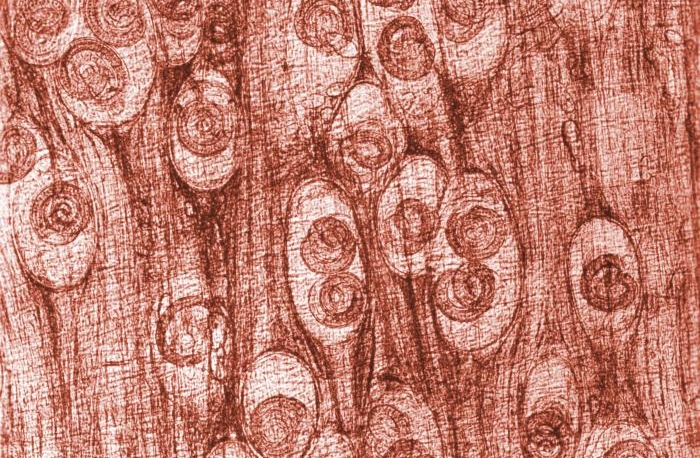The chances are that if you turn on your television or scan your local news sources, you will hear about infectious diseases like HIV/AIDS, Ebola, Tuberculosis, Hepatitis and Measles. Now, can you say the same for Buruli ulcers? How about Guinea Worm disease? Chagas disease? Yaws or Schistosomiasis? Your response might not be as certain.
This is not because the diseases only infect a few people each year or are not as dangerous. Actually, combined, these diseases categorized as Neglected Tropical Diseases (NTDs) impact more than one billion people every year [1]. According to the World Health Organization (WHO), NTDs include communicable diseases that exist in tropical and subtropical climates of nearly 150 countries, and mostly impact those living in poverty with close proximity to infectious vectors [1]. The WHO has created a roadmap to treat, prevent and eliminate the burden of NTDs, which includes five strategies of control: Preventative chemotherapy; Vector and intermediate host control; Veterinary public health; Intensified disease management; and Procurement of safe water, sanitation and hygiene [2]. The goal of incorporating these strategies is to reduce disease burden and eradicate at least two NTDs by 2020 [1].
As of 2017, WHO recognized 17 diseases as neglected tropical diseases [1,2], including:
- Dengue and Chikungunya
- Rabies
- Blinding Trachoma
- Buruli Ulcer
- Endemic Treponematoses (Yaws)
- Leprosy (Hansen Disease)
- Chagas Disease
- Human African Trypanosomiasis (Sleeping Sickness)
- Leishmaniasis
- Cysticercosis
- Dracunculiasis (Guinea Worm Disease)
- Echinococcosis
- Foodborne Trematode Infections
- Lymphatic Filariasis
- Onchocerciasis (River Blindness)
- Schistosomiasis (Bilharziasis)
- Soil-Transmitted Helminthiases (including Ascariasis, Hookworm and Whipworm)
“Neglected” is a powerful word. Most of these diseases occur in areas of economic hardship, strife, and are just a small part of the challenges faced by the affected communities. Those most affected by NTDs have insecurities far beyond what we can effectively grasp in the majority of the United States. While the threat of disease is high, it is miniscule to the challenges of poverty, food insecurity, lack of medical care and poor sanitation. This summer, the Disease Daily will be hosting a Neglected Tropical Disease Series, where it is my goal to introduce you to these lesser-known diseases. The series hopes to raise awareness to their global impact. While NTDs might not be running rampant in your community, our global community is in need. Addressing NTDs requires awareness, policy changes, medical access and community support to provide the tools necessary for treatment and hopefully one day, eradication.
Sources:

